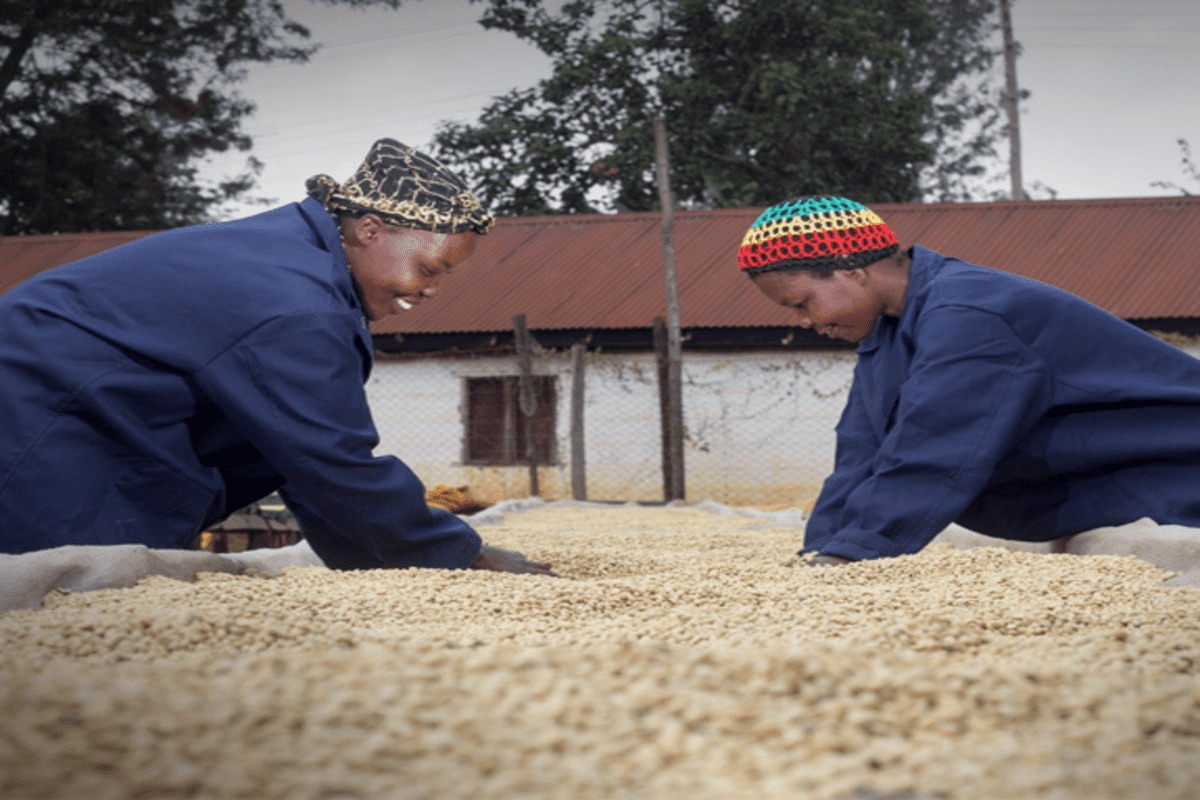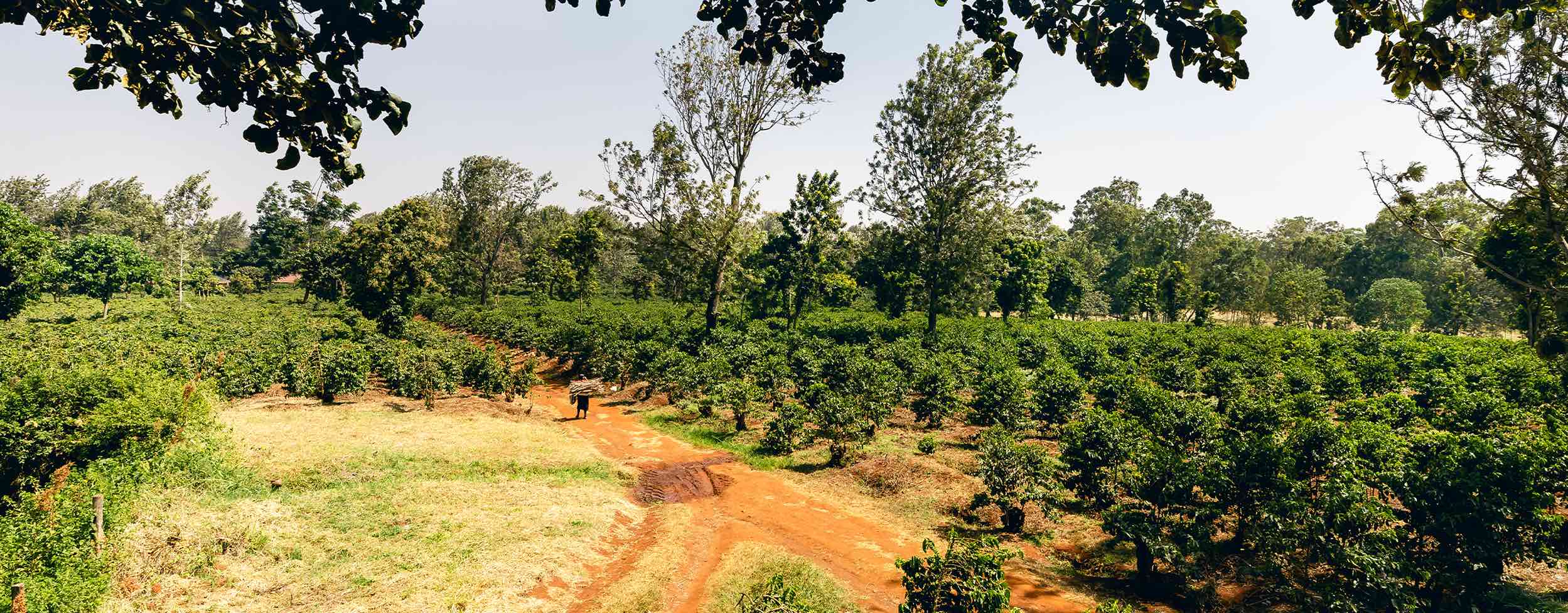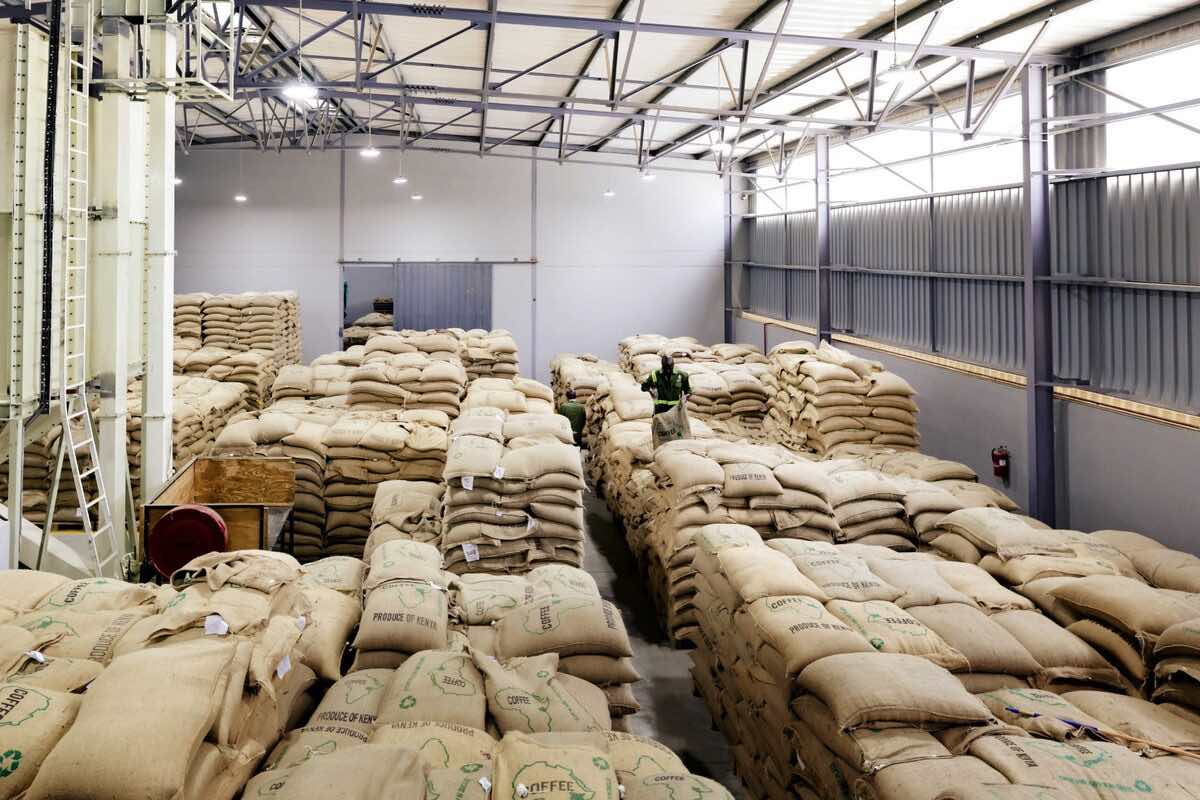
Post-Harvest Processing: A Guide by Servicoff Limited
Introduction:Achieving Excellence in Post-Harvest Processing: A Guide by Servicoff Limited
Post-harvest processing is a critical stage in coffee production that significantly influences the quality and value of the final product. At Servicoff Limited, we understand the importance of meticulous post-harvest methods in maximizing the potential of Kenyan coffee. In this blog post, we delve into exceptional and successful post-harvest processing techniques that can elevate your coffee production to new heights.
1. Timely Harvesting:
Timing is crucial in post-harvest processing. Coffee cherries should be harvested at their peak ripeness to ensure optimal flavor and aroma. Overripe or underripe cherries can negatively impact the coffee’s quality. Regular inspections and selective handpicking are essential to gather only fully ripe cherries for processing.
2. Wet Processing (Washing):
Wet processing, also known as washing, involves removing the outer skin and pulp from the coffee cherries before drying the beans. This method is widely recognized for producing high-quality Arabica coffee. After harvesting, the cherries are sorted and submerged in water for fermentation. The fermentation process helps to break down the remaining fruit pulp and encourages the development of complex flavors.
3. Dry Processing (Natural):
Dry processing, or the natural method, is commonly used for Robusta coffee and in regions with limited access to water. In this method, harvested coffee cherries are laid out to dry in the sun with the entire fruit intact. Once dried, the outer husk is removed to reveal the green coffee beans. This method imparts unique fruity and wine-like flavors to the coffee.
4. Controlled Fermentation:
For wet processing, controlled fermentation plays a crucial role in post-harvest processing. Monitoring the fermentation duration and conditions is vital to achieving desired flavor profiles. Over-fermentation can lead to off-flavors, while under-fermentation may not adequately remove the mucilage from the beans. Skillful control of fermentation ensures a balanced and distinct cup of coffee.
5. Proper Drying:
Drying is a pivotal step in both wet and dry processing methods. Properly dried coffee beans preserve their integrity and retain essential flavors. In wet processing, ensure the beans are uniformly dried, while in dry processing, aim for an optimal moisture content to prevent mold growth and degradation of quality during storage.
6. Consistent Quality Control:
Implement a stringent quality control process throughout post-harvest processing. Regular cupping and sensory evaluation allow you to assess the flavor, aroma, and overall quality of the coffee. Maintaining consistency in quality ensures customer satisfaction and establishes your coffee as a premium product in the market.
7. Hygienic Handling and Storage:
Maintain strict hygiene practices during post-harvest processing. Clean and sanitized equipment prevent contamination and safeguard coffee quality. Moreover, proper storage in dry, cool, and well-ventilated spaces is essential to preserve the coffee’s freshness and flavor until it reaches consumers.
8. Value-Added Processing:
Consider exploring value-added processing techniques to diversify your coffee offerings. Experiment with honey-processed or semi-washed methods to create distinct flavor profiles that appeal to specialty coffee enthusiasts. Value-added processing can open up new market opportunities and increase your coffee’s value.
Conclusion:
Altogether, the post-harvest processing stage is a crucial gateway to delivering exceptional coffee to consumers worldwide. By following these successful methods curated by Servicoff Limited, Kenyan coffee producers can unlock the full potential of their harvest and elevate the reputation of Kenyan coffee on the global stage. Embrace these best practices, prioritize quality, and uphold sustainability to foster a thriving coffee industry in Kenya.





